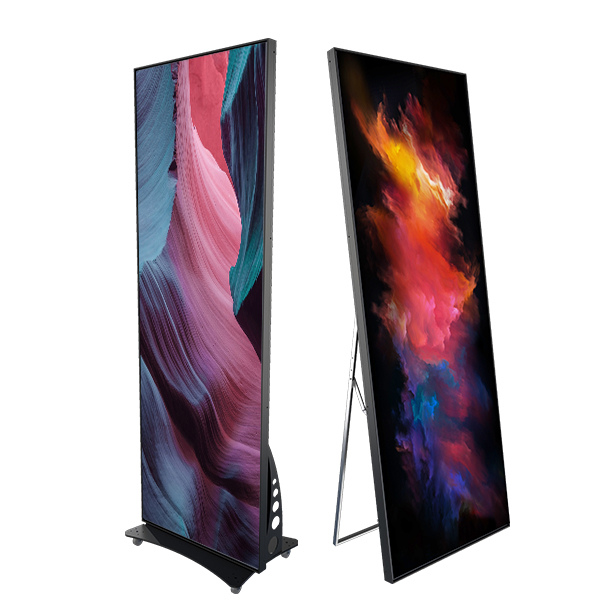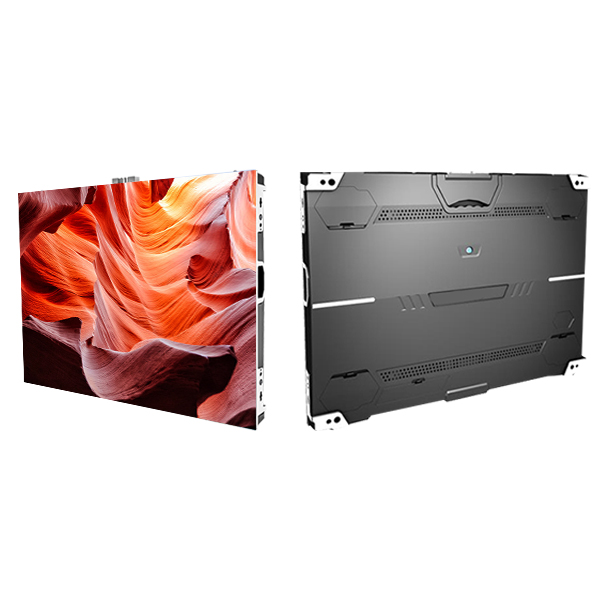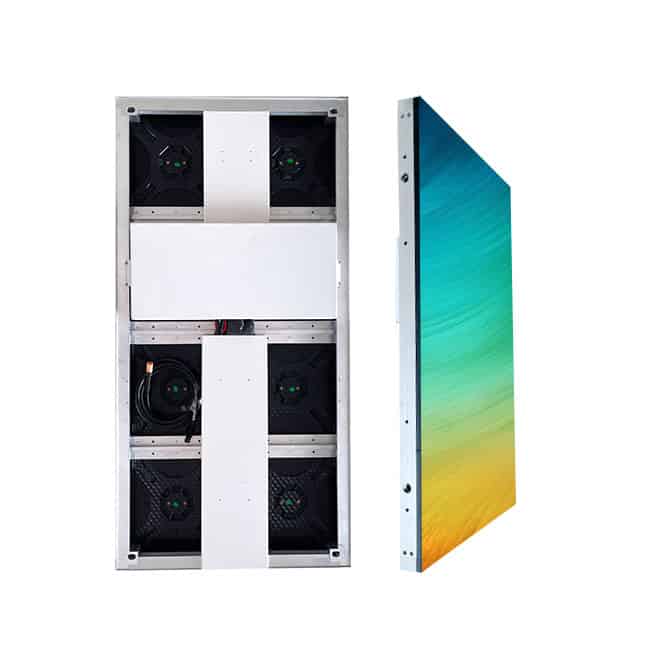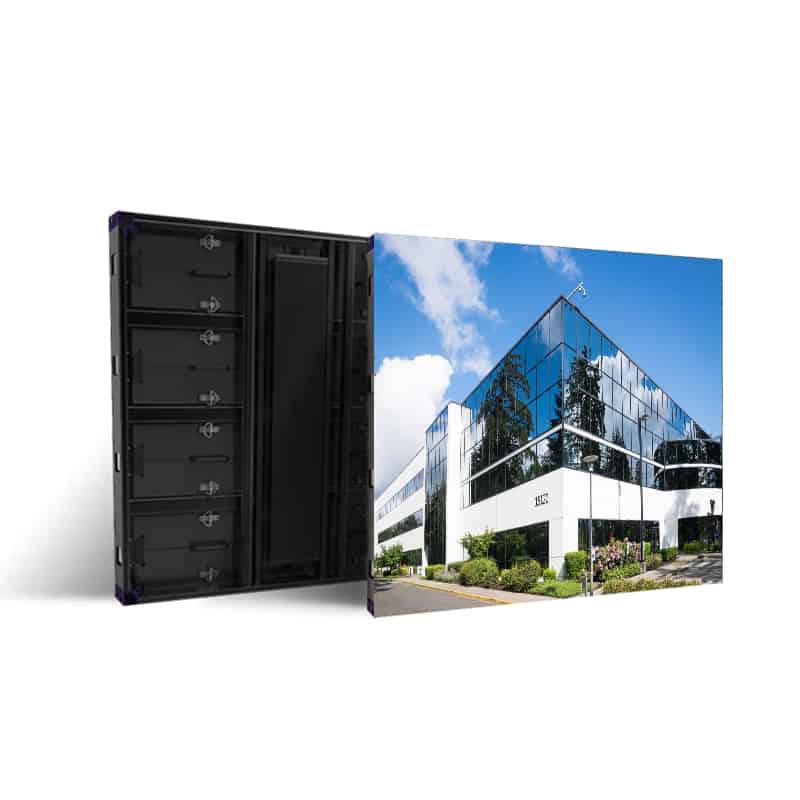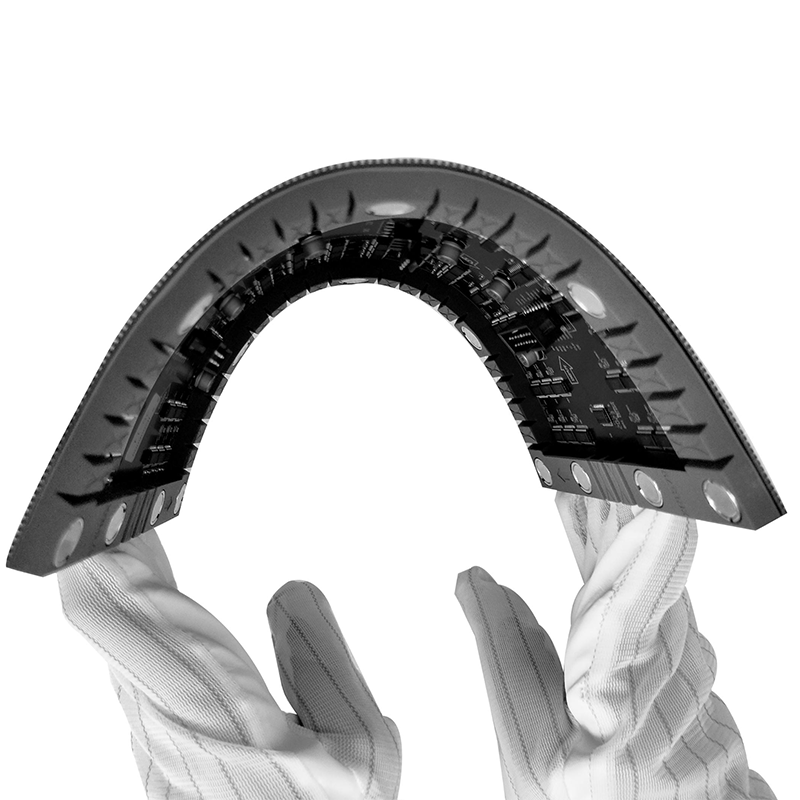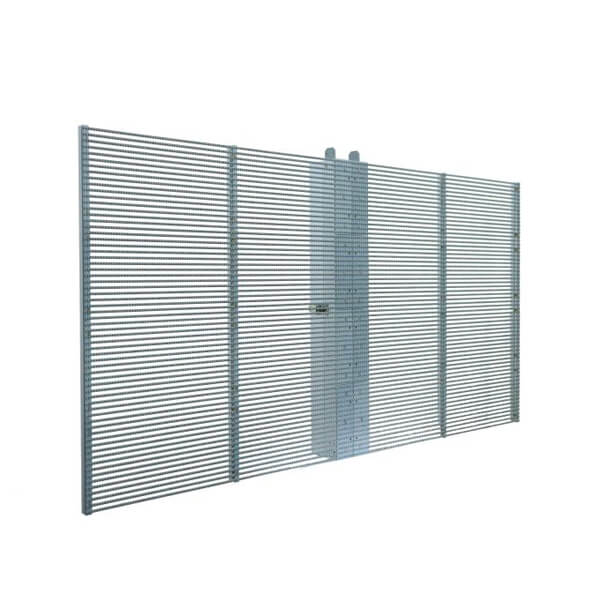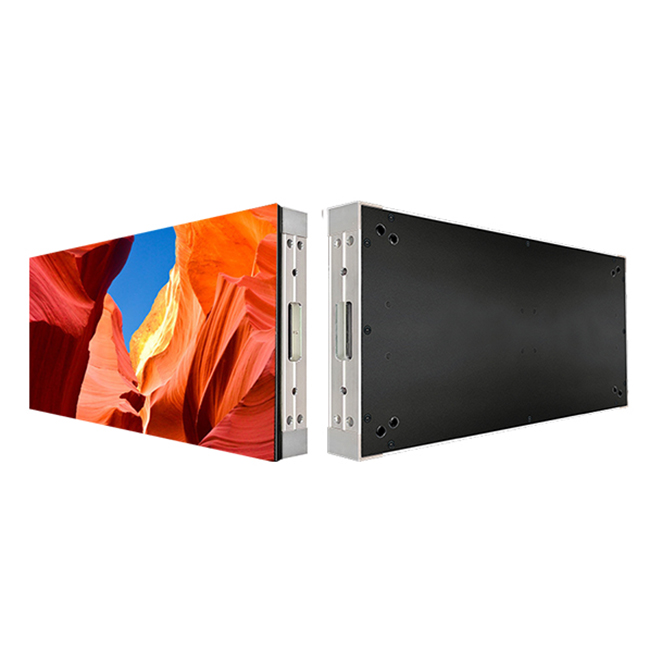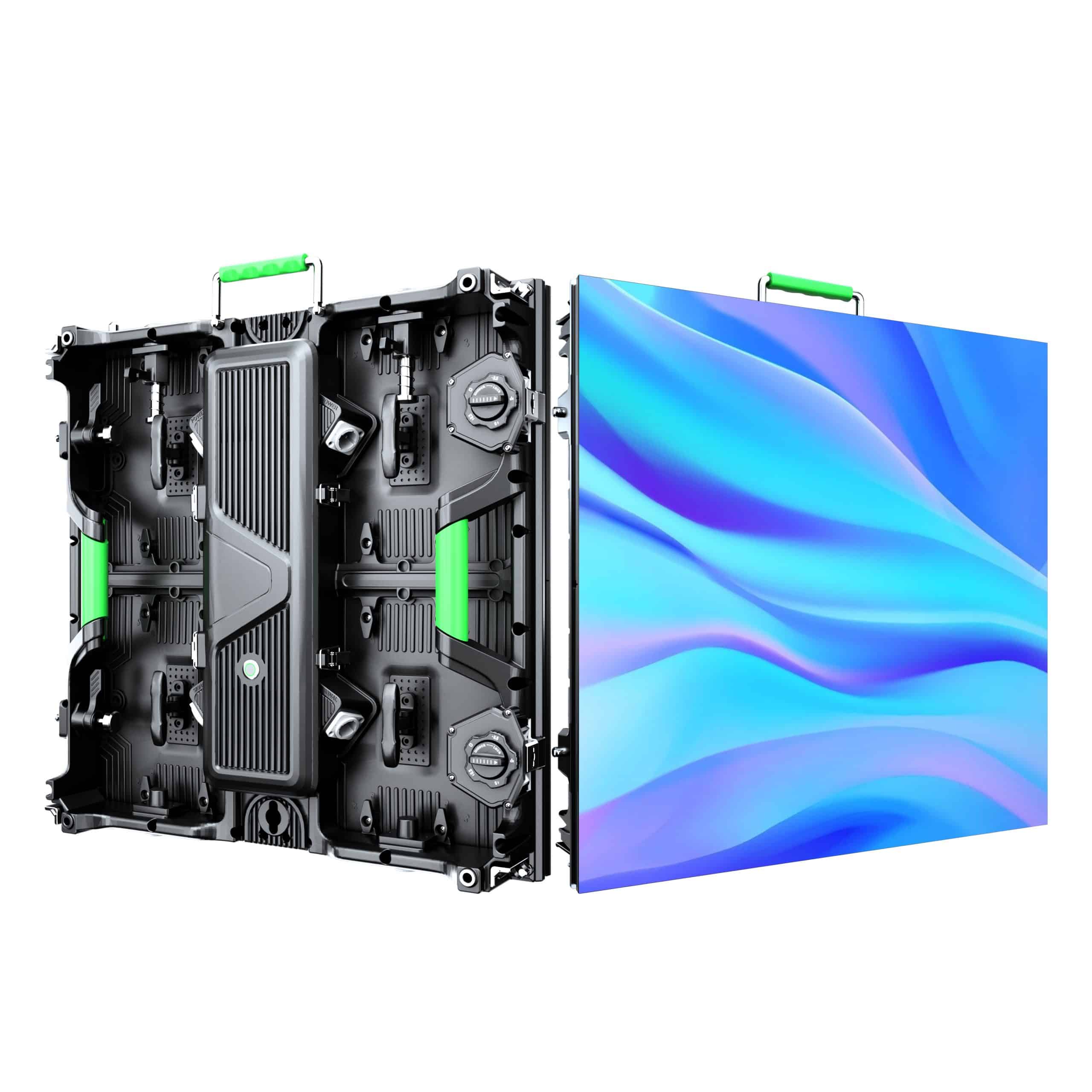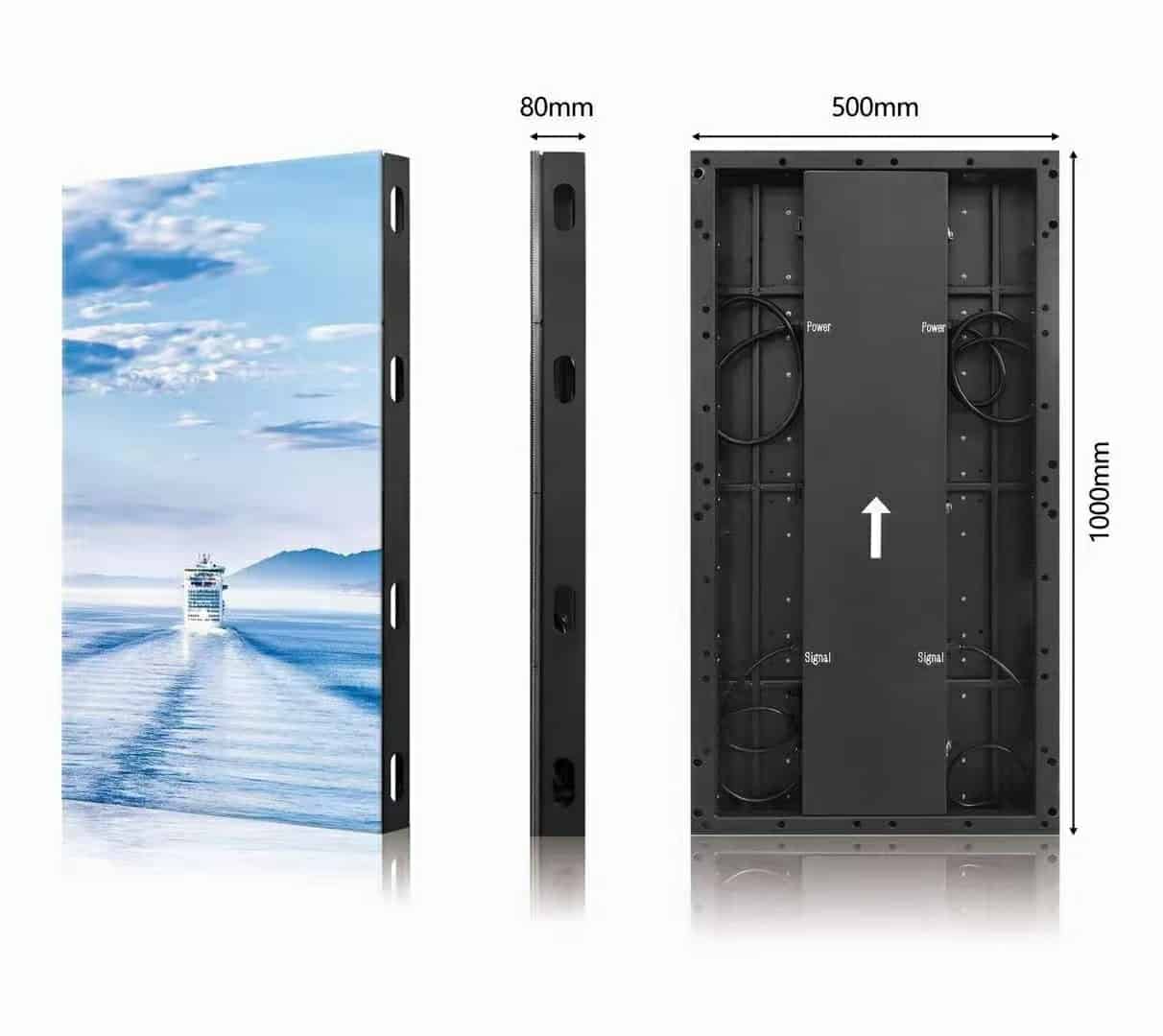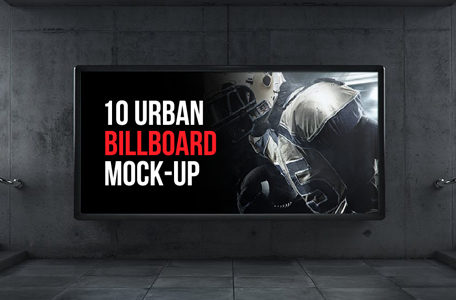What is the best p3 indoor led display for large enterprise?
Applications of LED screens

P3 indoor led display is used in various industries. With the help of them, they not only show advertisements, but also inform residents of the city about upcoming events, broadcast matches and concerts, introduce people to social videos, and report the timetable of buses, trains and planes. The fields of application of screens are becoming more and more, therefore, the demand for these structures is increasing.
Where we use p3 indoor led display?
In shopping centers
LED screens are installed in large stores and shopping centers. Some of the designs advertise goods and inform about the discounts that are in effect at the moment. The other part is used for orientation in the space of the store. With the help of the screens, the visitor of the shopping center can understand where he can leave things, dine or take a break.
In stadiums and ice arenas
The main task of the p3 indoor led display installed in ice rinks and stadiums is to broadcast sports events. The design possibilities allow you to instantly acquaint viewers with new information and show everything that happens on the field / rink in high quality.
Use of p3 indoor led display On the stages
During the performances of music and dance groups, LED screens are also used. With their help, viewers can watch what is happening on the stage, even if they are far from it. Stage LED screens come in different sizes. Indoor structures are substantially smaller than those adapted for outdoor use.
Screens with dimensions of 10×10 m and more can be manufactured in a mobile version. Such devices are easy to transport from place to place, and you do not have to spend a lot of time on their installation.
In dispatch and situation centers, in large enterprises
Where it is necessary to work with information and solve problems collectively, there is a need for a device that can clearly and with the highest quality demonstrate materials. In such cases, p3 indoor led display is ideal.
They have a large viewing angle, are able to operate 24 hours a day for about 10 years, receive information from various sources, are easy to maintain and quickly repaired.
In public transport
Screens placed on long-distance and city buses, trains and planes can both display advertisements and provide passengers with important information. On trains, these displays display the air temperature in the cabin, the time and the availability of a free toilet. Other indicators can be displayed if necessary.
Use of p3 indoor led display at train stations and airports
If earlier the timetable of trains, buses and planes was printed on paper, today even in small settlements it is displayed on an LED screen. Such a device allows you to track the time and place of arrival from anywhere in the waiting room.
Large numbers and letters are easy to read, and the light coming from the screen does not cause discomfort.
In catering establishments
Cafes and bars use p3 indoor led display to showcase menus and style the interior. Bright designs can be placed both inside the institution and near the entrance. The location of the screen also depends on its appearance. Street models are mounted on the facades; interior models are installed inside cafes and bars.
In cinemas
LED screens are installed in the foyer and on the walls of buildings where cinemas are located. Internal structures display information about upcoming sessions, ticket prices and promotions. On the outside, there are trailers of films that are already being shown or are planning to be shown in the near future.
Use of p3 indoor led display on the streets of cities
Most of the street structures broadcast advertisements. The structures are installed where the flow of pedestrians and drivers is greatest. For streets with low traffic, traffic uses banners. In the center, LED screens can also be installed to familiarize pedestrians with the city’s cultural events, location of attractions, weather and driving directions.
Benefits of LED screens
In China, LED screens began to be used relatively recently. However, in a short time, these designs have gained popularity both among advertisers and among the owners of karaoke rooms, banquet halls, sports bars and establishments where artists perform.

What is the reason for the popularity of p3 indoor led display? First of all, their practicality. We will tell you more about what is meant by this word when it comes to LED screens.
Durability of p3 indoor led display
Compared to panel and panel structures, screens live much longer. This is due not only to their strength characteristics, but also to the fact that the information displayed on them can be updated promptly and without the help of third-party specialists.
On average, a high-quality screen lasts 5-11 years. Neither panel structures nor advertising brochures can boast of such a service life.
Benefits of LED screens
Profitability
Lamp displays used to display advertisements before the advent of LED displays were low cost and high energy consumption. Even small displays consumed a lot of electricity and did not have great capabilities.
The invention of LED screens made it possible to broadcast videos and images directly from the Internet, control the display of advertisements and useful materials using special programs. It turned out that screens are much more economical than scoreboards. They use less energy, and therefore do not require a large cash investment after purchase.
Service
While panel and panel structures need regular information updates and constant maintenance, p3 indoor led display is completely unpretentious. In the cold, in the rain and scorching sun, they continue to do their job. If any element nevertheless fails, the service of the screen is carried out without dismantling it.
Image quality of Led Display
LED screens make it possible to display high quality video and images around the clock. Since they emit light themselves, they do not need additional illumination. What is broadcast on the screen is perfectly visible both at night and on sunny days. The picture does not glare and remains clear, even if the screen is located in an area where the sun shines most of the day.
All LED screens have a wide viewing angle. You can watch the video and read the text either standing in front of the screen, or being to the side of it.
Reliability
The screens are protected from moisture and dust, vandals and mechanical damage. Outdoor models are adapted to temperature fluctuations; they can work in heat (up to + 50 ° C) and in frost (up to -45 ° C).
High reliability allows installing screens in cities with a harsh continental climate and severe weather conditions. In such conditions, structures serve from 50 to 100 thousand hours (from 5 to 11 years). With all this, the price of LED screens is affordable for owners of small, medium and large businesses.
The brightness of the LED screen. What should it be?
Thanks to the p3 indoor led display, the demonstration of advertisements, presentations and speeches has become possible not only indoors, but also outdoors. Pedestrians and drivers, those who are in a hurry on business and those who are walking around the city, involuntarily pay attention to the videos shown from the LED screens.
However, people are not always able to discern the transmitted information. Often the reason for this is the inappropriate brightness of the screen. Let’s see what this technical characteristic should be.
Indoor led display
If you are looking for a structure that will be used in a shopping mall, banquet hall, club or karaoke, the brightness values should not be high. Because the room the picture will not be exposed to direct sunlight, it will remain clear and legible, even if the LED brightness is 600 cd / m 2 .
The indicators also depend on the size of the room. In large rooms, it makes sense to install brighter screens, while in small rooms this is not necessary. The maximum brightness of the internal display, which will be enough for high-quality image, equals 2500 cd / m 2 .
LED screen brightness
Outdoor screen
To video or images exhibited a street screen remained clear and readable, it is necessary to give preference to models, the brightness of which is in the range of 2500 to 8000 cd / m 2. If the structure will be installed in the shade, and the sun’s rays will not fall on it, the minimum brightness is sufficient.
If the screen is mounted where it will shine the sun, it is not necessary to purchase a model with brightness lower than 5000 cd / m 2. Otherwise, on sunny days, nothing will be visible on your screen.
The higher the brightness, the better?
High brightness of p3 indoor led display is not always justified. If the image is clearly visible, and at 5000 cd / m 2 , why take the device with a brightness of 10,000 cd / m 2 ? Such designs, as a rule, significantly hit the pocket of buyers. Firstly, because the most compact outdoor video screen with such characteristics costs several times more than models with an average brightness.
Secondly, because too bright screens consume a lot of electricity. And these are new expenses. And, perhaps most importantly, devices with high brightness fail earlier than their counterparts with medium brightness. Since the LEDs are supplied with a sufficiently high power, they wear out quickly and become obsolete.


